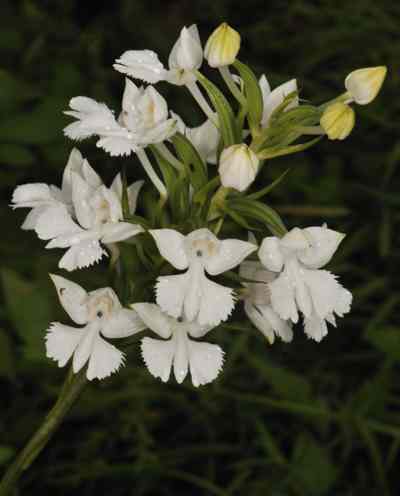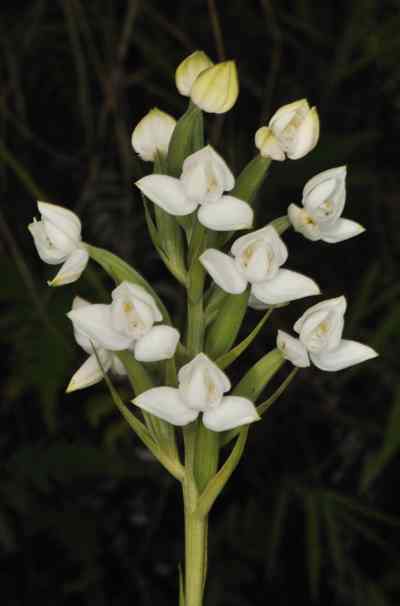Terrestrial. A small plant of the height between 7 to 15 cm of stem and 3 to 6 cm of inflorescence. Leaves ovate, the petioles short and somewhat expanded at the base, glabrous. Peduncle glandular-pubescent, with few scattered sheathing bracts with acuminate spices. Raceme much shorter than the peduncle, bearing 2 to 5 resupinate flowers. Sepals unequal, dorsal broadly ovate, acuminate, its apex shortly recurved; the lateral pair oblong, acute all glandular-hairy. Petals smaller than the sepals, oblanceolate, with hooked spices. Base of the lip adpressed to the face of the column and with two calli, claw with seven or eight pairs of slender unequal fimbriae.

The Pursuit
The most photographed of all Jewel orchids, because it is available in most of the nurseries across the region. However, seldom photographed in bloom. Very rare in the wild also. It was a dream to document this species in bloom. Tried several seasons to find the plant in bloom. Grows in low altitudes and bloom in winter months, made it a habit every year to survey for this. Finally found from the Eastern zone of the region, during the month of November in buds. As there are not much blooming in those months of any other species spent considerable days in and around the region to document it in bloom. However, it took considerably more days to open than expected. With some urgent work I was forced to move to another location for a couple of days and returned to the region to find a single bud opened the same day. It was a delight to my eyes and will never forget that moment.





